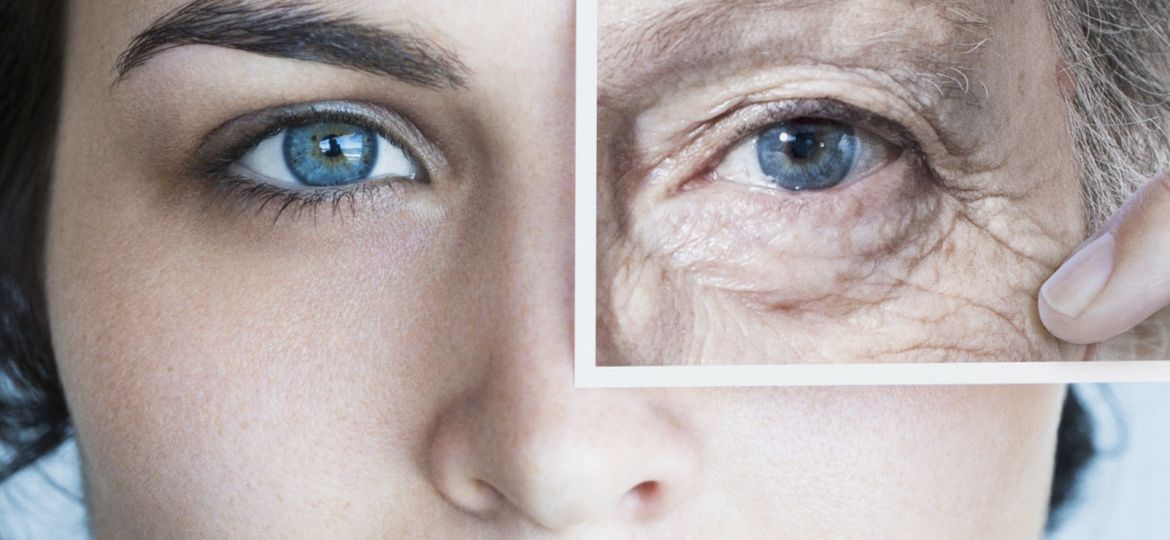
WHY THIS MATTERS IN BRIEF
The ability to age people accurately is one of the cornerstone abilities that can help people find missing persons.
People have been fascinated with age ever since, well, perhaps forever, and for many people being able to get a glimpse of how they’ll look when they’re older can be captivating.
Today there are a number of techniques that can be used to artificially age – or rejuvenate – people but they’re time consuming, expensive and still relatively prone to error. As a consequence being able to alter people’s ages using simply a reconstructed photograph could come in useful, and that’s just what Grigory Antipov, and his team at Orange Labs in France have accomplished using artificial intelligence and deep learning techniques – a system that can make young faces look older and older faces look younger.
A couple of recent developments have made their task easier. In recent years, computer scientists have built deep learning systems that can modify faces in various different but realistic ways, but there’s a problem. In making faces look older, these deep learning machines often lose the person’s identity in the process. So the individual looks older but can no longer be identified.
Antipov and co have come up with a way to solve that problem. Their approach involves two deep learning machines that work together – a face “generator” and a face “discriminator.” Both machines learn what faces look like as they age by analysing photographs of people in the age groups 0 to18, 19 to 29, 30 to39, 40 to 49, 50 to 59 and over 60 years old.
In total, the machines were trained on 5,000 faces in each group taken from the Internet Movie Database (IMD) and from Wikipedia and then labelled with the person’s age. In this way, the machine learns the characteristic signature of faces in each age group. It is this abstract signature that the face generator can then apply to other faces to make them look the same age.
However, applying this signature can sometimes cause a person’s identity to be lost. So the second deep learning machine, the face discriminator, looks at the synthetically aged face to see whether the original identity can still be picked out, and if it can’t, the image is rejected.
The gallery was not found!
Antipov and his team call their process Age Conditional Generative Adversarial Network (ACGAN) – adversarial because the deep learning machines work in opposition to each other.
The results make for impressive reading. The team applied the technique to 10,000 faces from the IMD that they hadn’t used for training. They then tested the before and after images using software called OpenFace which can tell whether two images show the same person or not. This spotted the same face more than 80 percent of the time, compared to about 50 percent of the time for other face aging techniques.
And, of course, the technique not only ages young faces but creates younger versions of older faces, too.
There is an obvious test the team has not done. Presumably, it’s possible to compare faces that have been made younger synthetically with pictures of the same face taken when the individual was actually younger, and obviously that would be a good test of how accurate the technique is and perhaps a task for the future so we’ll look forwards to that as a next step.
Antipov says their technique could be used in applications such as helping identify people who have been missing for years, as well as being a lot of fun to play with – that is should they choose to make their algorithm public.
















